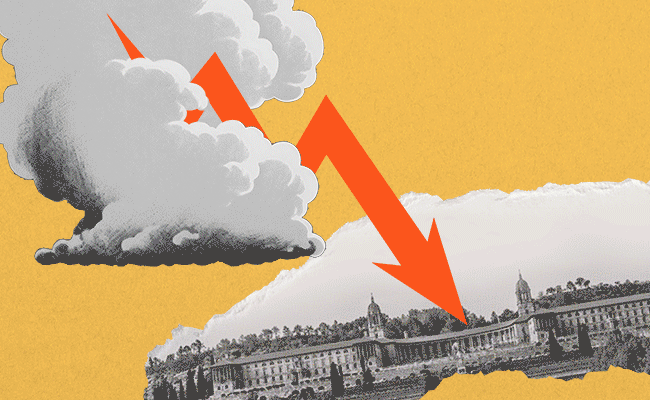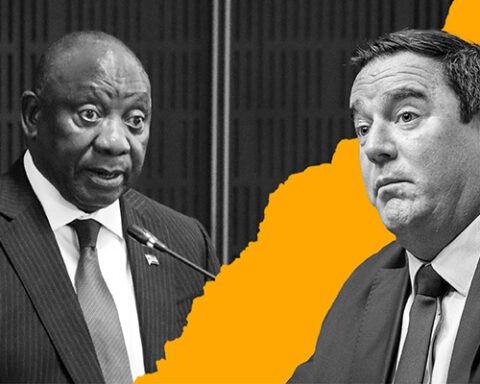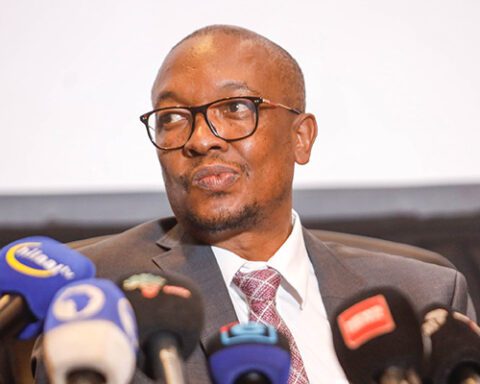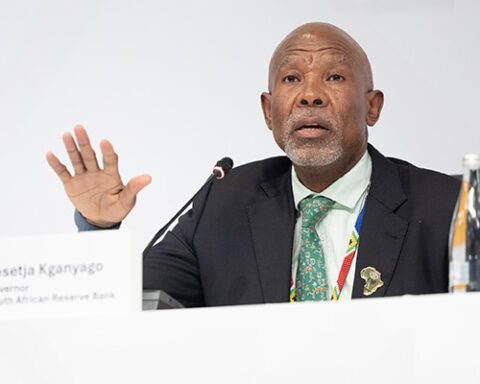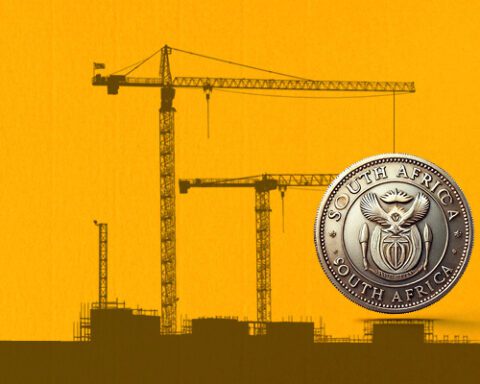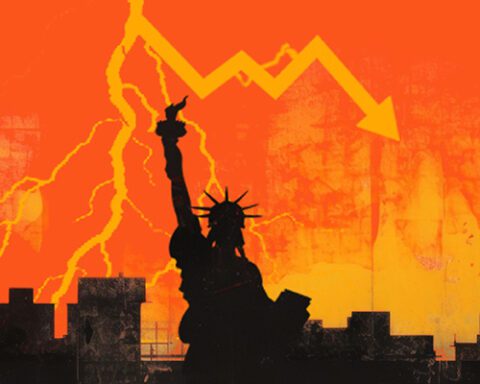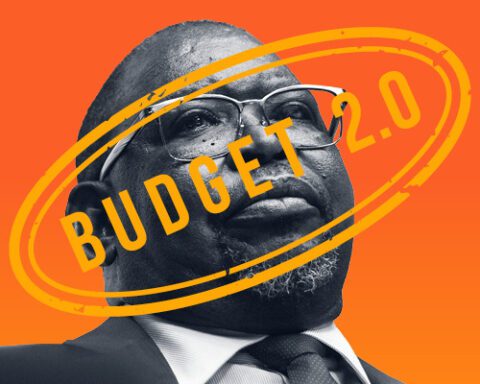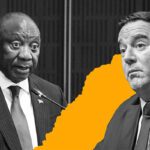A shock third-quarter contraction has dealt a blow to President Cyril Ramaphosa’s ambitious growth plans, with the potential to undermine the government of national unity (GNU) and drive frustrated job seekers toward radical opposition parties.
The economy shrank by 0.3% in the three months to end-September, following a 28% collapse in agricultural output, and comes against a revised 0.3% expansion in the quarter before. None of the nine economists surveyed by Bloomberg were expecting the contraction. Excluding agriculture, the economy would have expanded – but all of 0.4%.
The weather is largely to blame: drought has slashed yields of mielies, soya beans, wheat and sunflowers, while adverse weather hit fruits and vegetables. Adding to the drag, Transnet’s rail and port operations faltered, hobbled by mismanagement, theft, underinvestment and outdated equipment.
“It is probably too early to be unduly gloomy at this stage, but another one or two quarters like this and the GNU will really be in trouble,” says Azar Jammine, the chief economist of Econometrix. “There are some warning signs if you look at the weakness of transport and communications. While we may have ended load-shedding, we have not seen an end to the logistical bottlenecks.”
In October, Ramaphosa targeted 3.3% economic growth by 2025, with the promise of creating 400,000 youth jobs. This far exceeds forecasts from the Treasury – and the South African Reserve Bank – which projects just 1.7% for 2025 and 1.8% for 2026.
Even Business for South Africa, while backing Ramaphosa, has stressed that achieving this goal depends on driving through reforms at Eskom and Transnet, and unlocking private sector investment in public projects.
Key to the GNU’s survival is faster economic growth that reduces unemployment – currently at a staggering 32.1%, or 41.9% when including discouraged job seekers. Without progress, more of the jobless may turn to populist movements like Jacob Zuma’s MK Party.
Political ructions
Despite the grim outlook, Jammine expects an improvement in the fourth quarter, bolstered by consumer spending from two-pot retirement savings withdrawals and the cumulative 50 basis points of interest rate cuts since September.
“If I’m wrong,” he says, “then I fear that you’re going to see more and more shouting and screaming about the failure of the GNU. And there will be a lot of political ructions.”
For the first nine months of the year, GDP growth stands at just 0.4%, Stats SA said in a presentation, meaning that 1% for this year is “off the table”, Jammine tells Currency.
There are glimmers of resilience, however. Capitec reported a 27% increase in Black Friday spending, with most purchases focused on essentials rather than luxuries. The South African Revenue Service approved R35bn in withdrawals from retirement savings by mid-November, up sharply from R21.4bn in October.
Citadel chief economist Maarten Ackerman predicts growth above 2% only by 2027 – and only if the government resolves freight and logistical challenges. It also needs to continue with other market-friendly reforms, such as opening up the electricity market, solving water issues, infrastructure improvements and allowing for more private sector involvement.
“There’s a lot of hard work ahead,” he says.
Inclusive growth
While gross fixed capital formation rose a modest 0.3%, private sector investment remains 30% below pre-pandemic levels, with most growth driven by government spending. Structural barriers continue to hinder broader private investment recovery.
Over the past decade, economic growth has averaged under 1%, trailing population expansion.
Casey Sprake, a fixed-income investment analyst at Anchor Capital, highlights setbacks on the demand side of the economy, including declines in imports, exports, government consumption and overall demand, both locally and internationally, pointing to broader economic weaknesses. Areas like renewable energy, however, are relatively perky.
The latest data marks a depressing continuum in South Africa’s moribund economic journey; aside from the Covid recovery year of 2021, it’s been 13 years since the country grew at more than 3%. That means GDP growth per capita, according to International Monetary Fund data, now leaves South Africans poorer than the average person in emerging markets.
Such is our frailty that the sharp decline in agriculture “highlights the vulnerability of the broader economy to sector-specific shocks”, warns Sprake. It is a “significant setback for the GNU’s pledge to prioritise economic growth”.
Sign up to Currency’s weekly newsletters to receive your own bulletin of weekday news and weekend treats. Register here.
